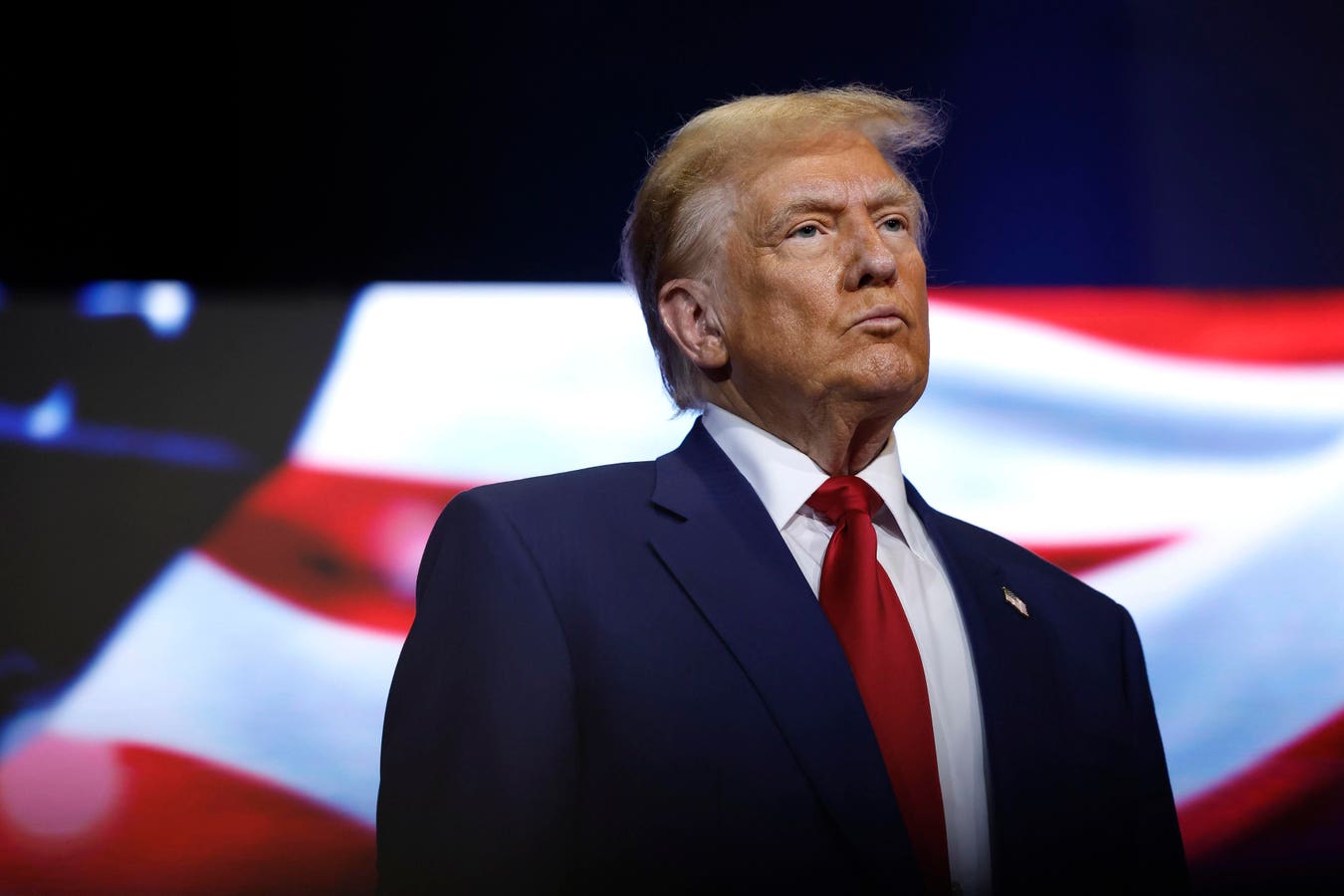Money
Would You Get A Trump DOGE Dividend Check? You May Be Shocked By Who Doesn’t Qualify

Elon Musk, Trump, and the DOGE Dividend Debate: A Controversial Proposal
A $5,000 Dividend Check: The Idea and Its Implications
In a move that has ignited both excitement and controversy, Elon Musk recently floated the idea of issuing a $5,000 DOGE Dividend check, with former President Donald Trump swiftly expressing support for the proposal. The concept, while promising for many American households, has sparked intense debate over its feasibility and potential consequences. Proponents argue that such a payment could provide much-needed financial relief to millions of families, helping them navigate economic challenges. However, critics caution that distributing large-scale financial aid comes with significant costs and potential risks, including inflationary pressures.
The idea of a DOGE Dividend check is tied to Musk’s ambitious goal of identifying $2 trillion in federal savings, though this figure has been met with skepticism. Musk himself has since walked back the $2 trillion target, admitting it was a "best-case scenario" and that achieving $1 trillion in savings might be more realistic. Despite these doubts, Trump’s endorsement suggests political opportunism, as direct payments have historically been popular with voters and could serve as a branding opportunity for the former president.
Who Would Benefit: The Proposed Eligibility Criteria
The DOGE Dividend check proposal, initially outlined by DOGE adviser James Fishback, suggests allocating 20% of the projected savings to taxpayers. Fishback’s proposal deliberately limits eligibility to "taxpayers," defining it as those who are net payers of federal income tax. The reasoning behind this eligibility criterion is to incentivize labor force participation, as only those actively contributing to the tax system would qualify for the payment. Fishback argues that this approach would avoid inflationary effects, as higher-income households are more likely to save or invest the funds rather than spend them immediately.
However, this eligibility requirement has raised concerns about equity and fairness. Data from the Tax Policy Center reveals that millions of low-income Americans, particularly those earning less than $10,000 annually, do not pay federal income taxes and would therefore be excluded from receiving the DOGE Dividend check. This disproportionately benefits higher earners, including billionaires like Jeff Bezos and Bill Gates, while leaving out working-class families who have traditionally been the focus of past stimulus programs.
The Political and Economic Paradox
The DOGE Dividend check idea presents a challenging paradox for policymakers. On one hand, limiting eligibility to higher-income taxpayers could reduce the risk of inflation, as these households are less likely to spend the funds quickly. On the other hand, excluding low-income Americans contradicts the precedent set by programs like the Covid-19 stimulus checks, which prioritized financial relief for those most in need. This contradiction could create a political firestorm, as Trump would risk alienating his base by excluding millions of lower-income voters who have benefited from previous stimulus measures.
Fishback’s proposal also diverges sharply from recent economic relief programs. During the Covid-19 pandemic, stimulus checks were designed to target individuals earning under $75,000, with phase-outs for higher incomes. In contrast, the DOGE Dividend check would reverse this logic, deliberately directing funds away from lower earners. This approach could face significant backlash, as it would likely be perceived as favoring the wealthy at the expense of vulnerable populations.
The Tension Between Inflation and Equity
The DOGE Dividend check proposal highlights a fundamental tension in economic policy: the balance between controlling inflation and ensuring equity. Fishback’s plan aims to avoid inflation by targeting households that are more likely to save or invest the funds. However, this approach comes at the cost of excluding millions of Americans who are struggling financially. Expanding eligibility to include lower-income households could mitigate these equity concerns but would also risk increasing inflationary pressures, undermining the program’s central argument. Additionally, broader eligibility would reduce the size of the checks each household receives, as the total funds would be spread thinner.
This dilemma leaves policymakers with no easy answers. While the DOGE Dividend check offers an innovative approach to financial relief, its restrictive eligibility criteria raise troubling questions about fairness and accessibility. As the debate continues, it remains to be seen whether a viable compromise can be reached—one that balances the need to control inflation with the imperative to support those who need it most.
The Upshot: A Policy Challenge with No Clear Solution
The Trump DOGE Dividend check idea has emerged as a contentious and complex policy proposal, blending economic, political, and social considerations. While the plan’s emphasis on incentivizing labor force participation and avoiding inflation is compelling, its exclusion of low-income Americans poses significant equity concerns. The proposal’s restrictive eligibility criteria also risk Creating a political backlash, as it departs from the inclusive approach of past stimulus programs.
Ultimately, the DOGE Dividend check represents a policy paradox: achieving its goals requires excluding those who might need the funds the most, while expanding eligibility could undermine its inflationary safeguards. This tension underscores the challenges of designing effective financial relief programs in a politically charged environment. As the proposal moves forward, it will likely face intense scrutiny from economists, policymakers, and the American public alike.